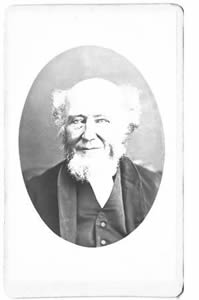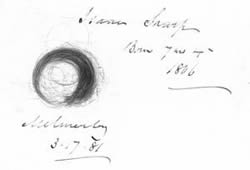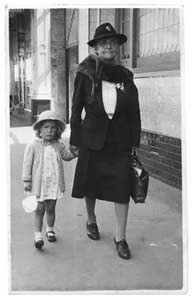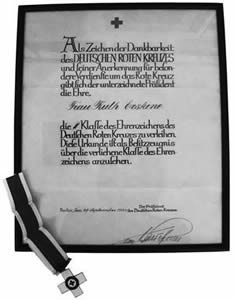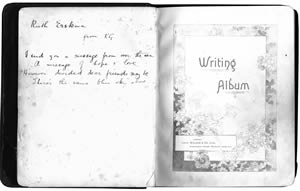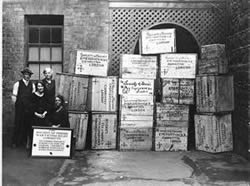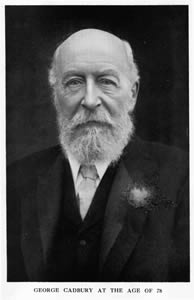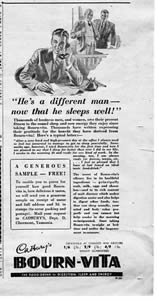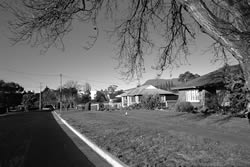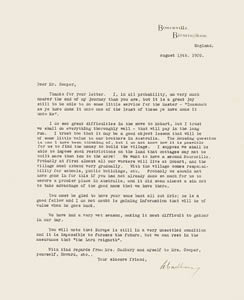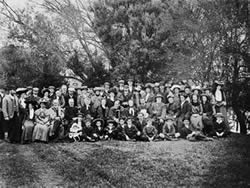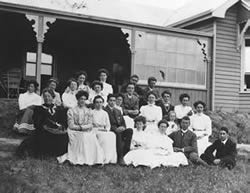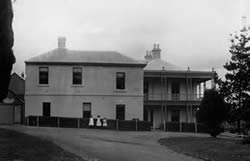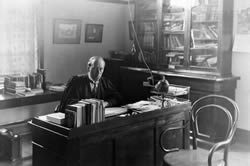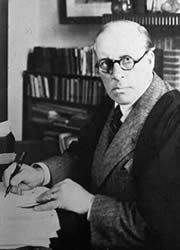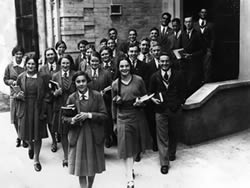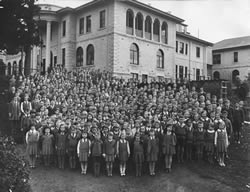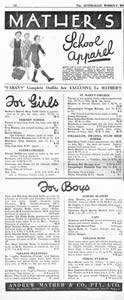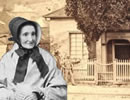 |
 |
|
The Quakers were increasingly assimilating themselves, in matters of ‘dress and address’, into the broader community. Nonetheless they were able to maintain their distinctive religion and values, partly through the support of the national and international fellowship. The Tasmanian Friends were visited by the venerable Isaac Sharp, who during his sojourn in Hobart in 1881-2 celebrated his birthday by climbing Mt Wellington, and given moral and financial support by the prominent English Quakers, Charles Holdsworth and George Cadbury.
The oldest community in Australasia, the Quakers in Tasmania played an important role in the development of Quakerism at a national level. In a process that mirrored the Federation movement, the Friends held a series of conferences in the 1890s, and the first Australian General Meeting was held in 1902. They were not entirely comfortable, however, with the racism and militarism intrinsic to Australian nation-building. The Quakers found themselves especially at odds with the wider community at large in times of war. The newly established Friends’ School took some risks during the Boer War. When the government declared a public holiday to celebrate the Relief of Mafeking, it continued with classes. When someone raised the school flag on receipt of news of the Relief of Ladysmith, two of the teachers pulled it down. As one Quaker wrote: ‘What a risk in excited times like those for a school containing over eighty per cent of non-Friends. What a lesson for those children some thirty years hence when they think over the days when they were not allowed to cheer in class for such a cause!’ The advent of World War I brought further challenges. Margaret Thorp, the daughter of Dr James Thorp, acting Principal of Friends’ School in 1912, played a major role in organising opposition to conscription in Queensland. Ruth Erskine, another Quaker with associations with Tasmania, undertook humanitarian work in Germany after the war, and was awarded the Badge of Honour of the German Red Cross. ‘Who are the real national heroes?’, wrote Margaret Thorp, ‘Surely they are the men and women who do the little things of life in a big way, putting their best energies and interests into their work, and whose friendship has no boundaries’. 39
Quakerism in Tasmania celebrated its centenary in 1932. The old families remained in evidence. Barbara Barnett, the grand-daughter of Henry Propsting, established the first ‘rest home’ for old people in Hobart in 1922. The community base was broadening through immigration and institutionalisation. Home-grown businesses like Mather’s and the Hobart Savings Bank prospered, and were joined by the English firm of Cadbury’s, which established a factory and garden suburb at Claremont, and began chocolate production in 1922. The Friends’ School, under the headship of Ernest Unwin from 1923, entered a new lease of life, and celebrated its golden jubilee in 1937. It has grown into the largest Quaker school in the world.
|
|
||||||||||
| Footnotes: 39. H. N. Summy, ‘Peace angel’ of World War I. Dissent of Margaret Thorp. University of Queensland Press, 2006, p.123. |
|||||||||||
Quaker Life in Tasmania Home | UTAS Library Home
|
|
